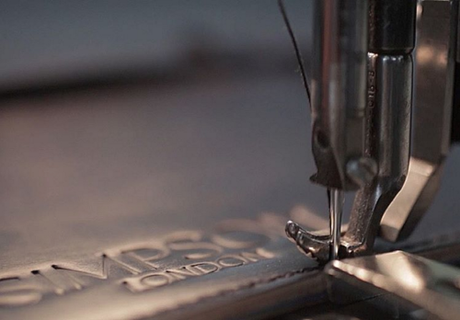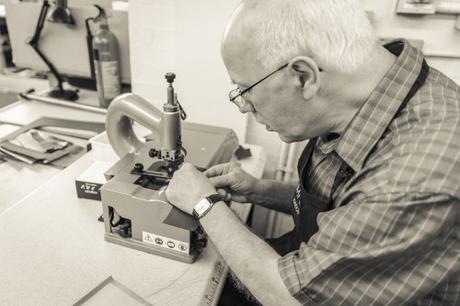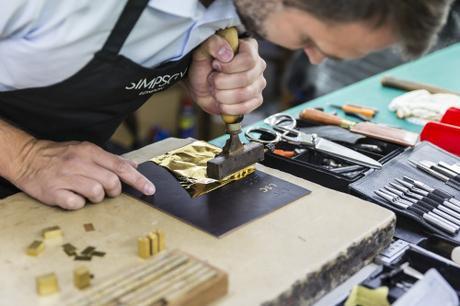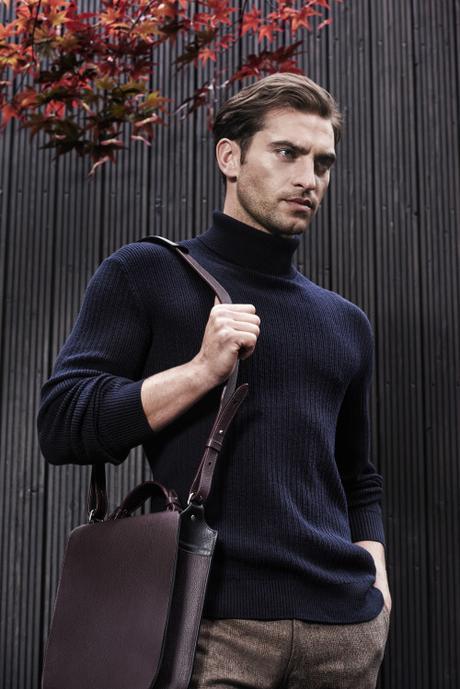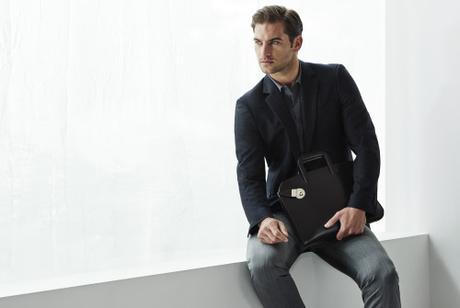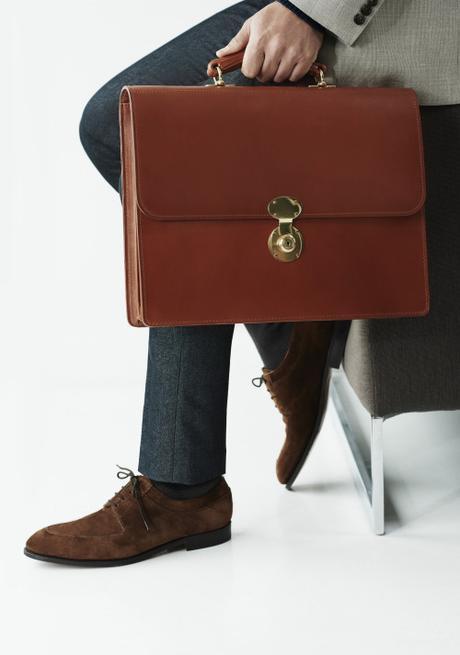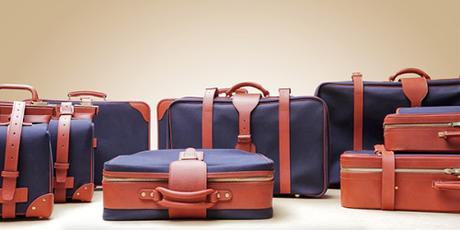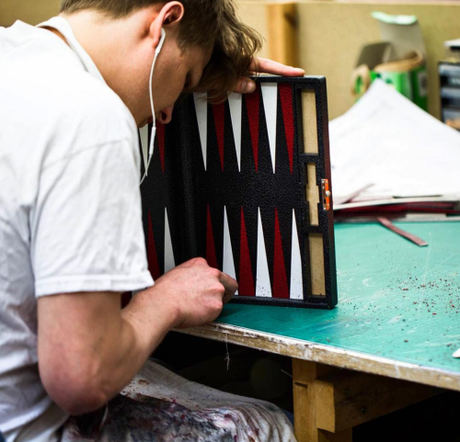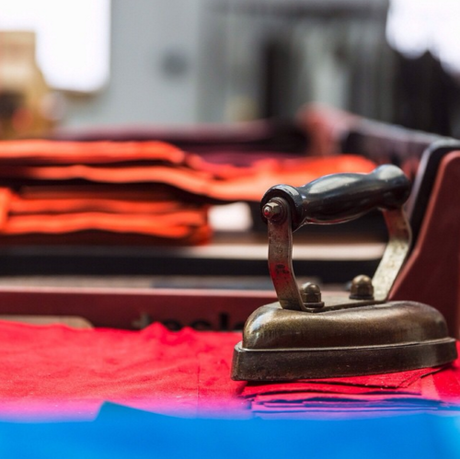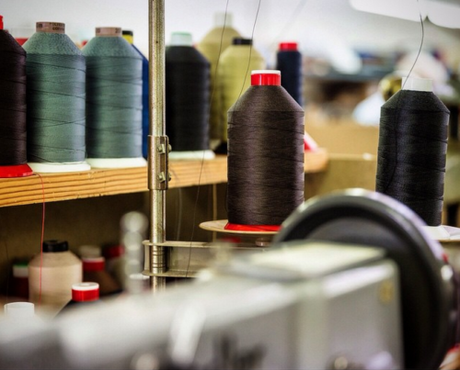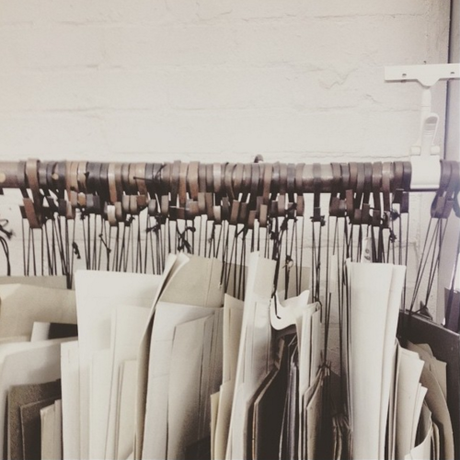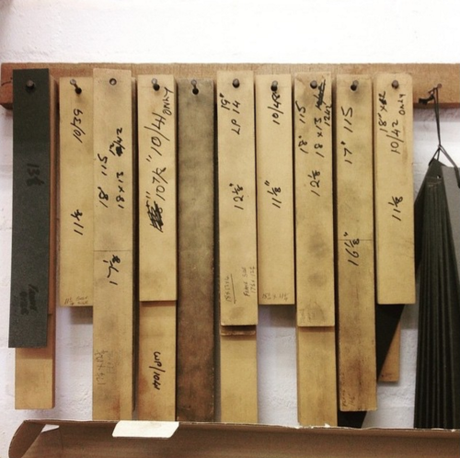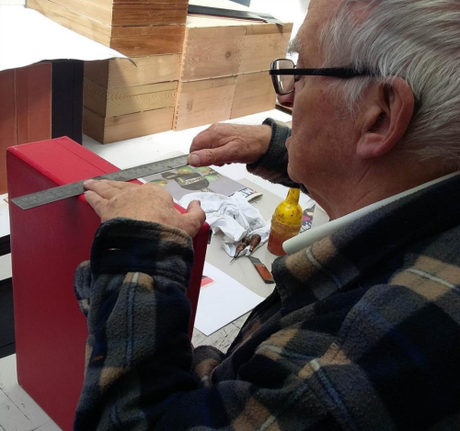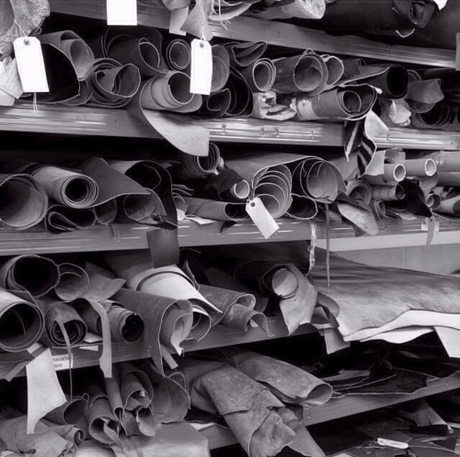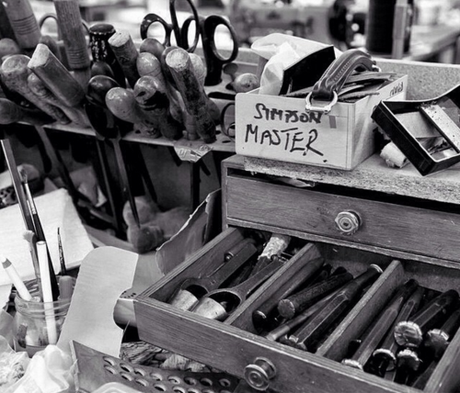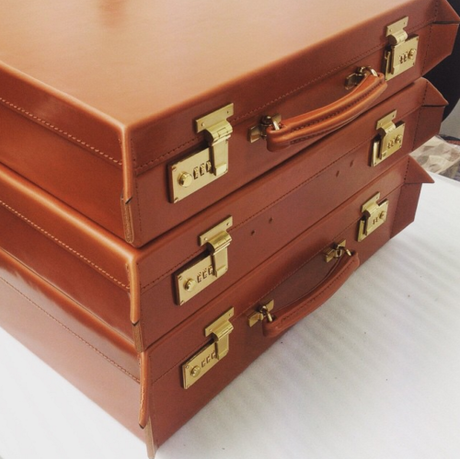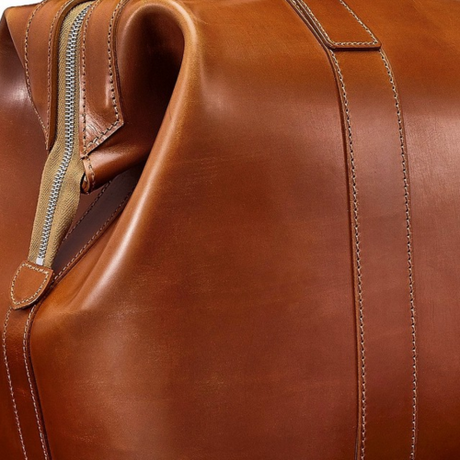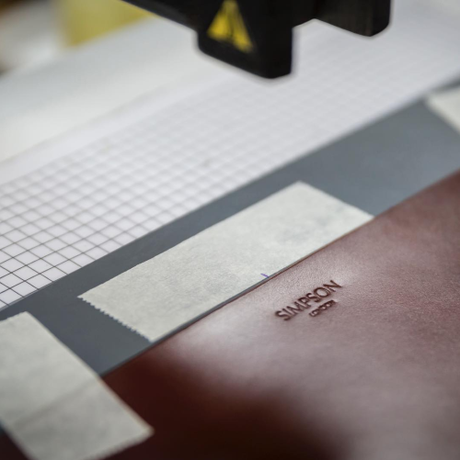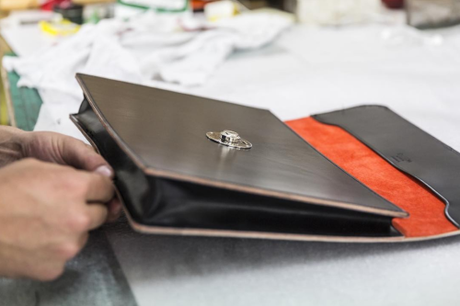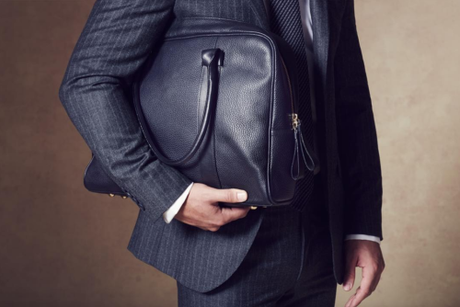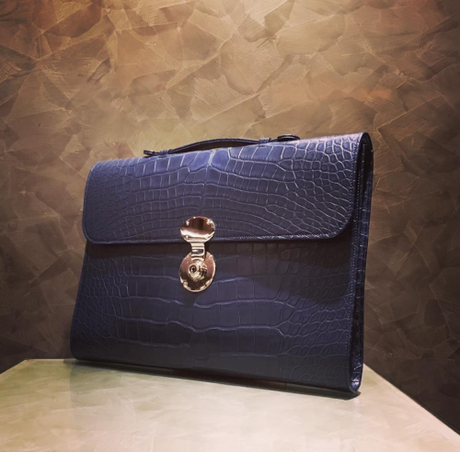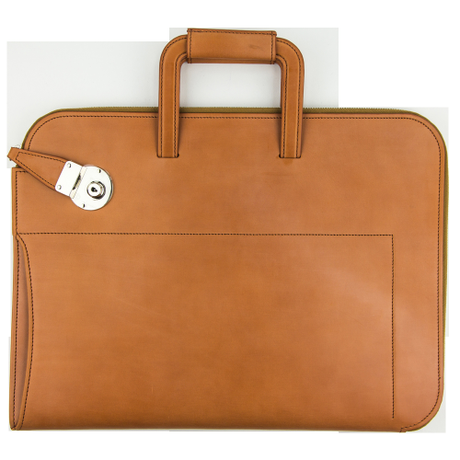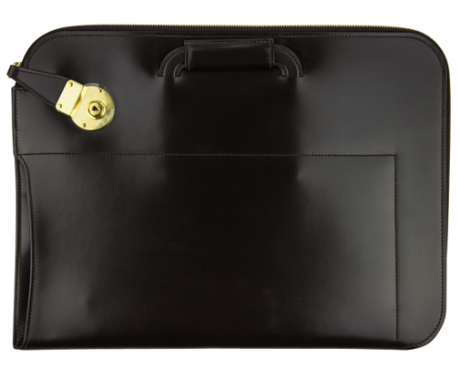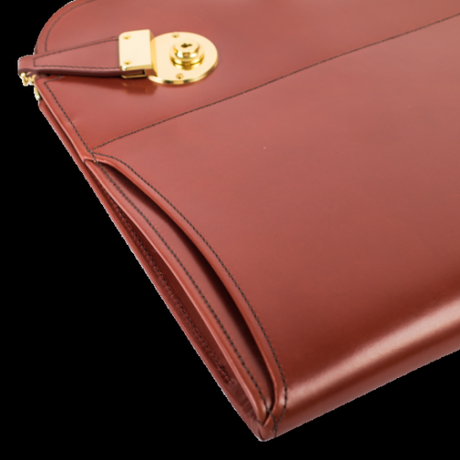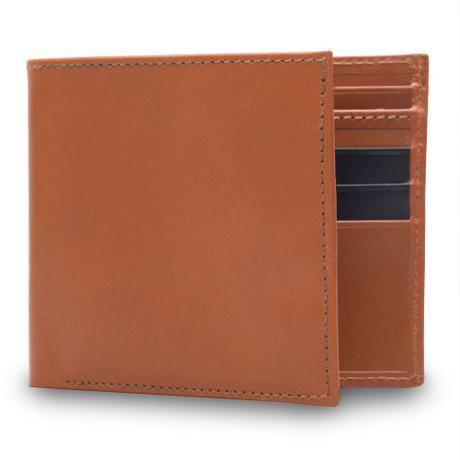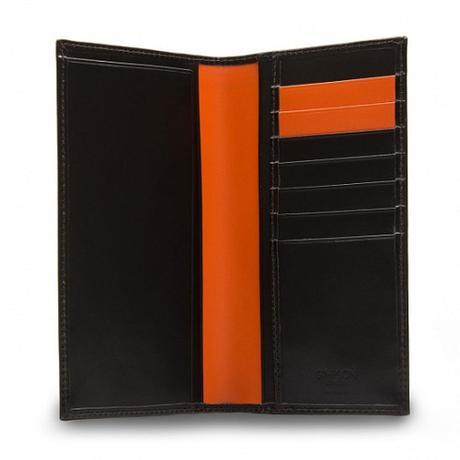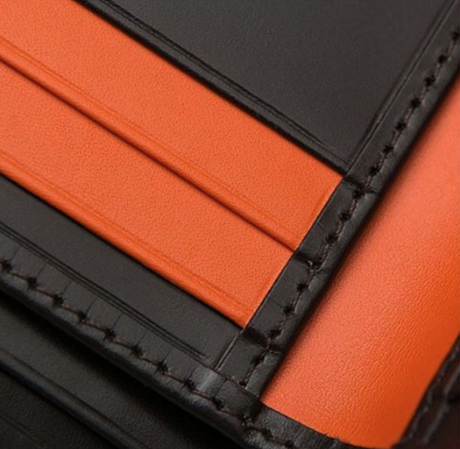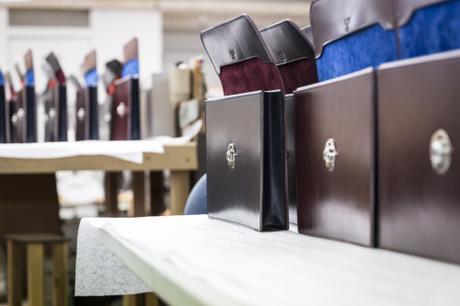
One of the things you notice when you start paying attention to leather goods is that some of the world’s best makers come from countries with long saddlery traditions (that is, the art of making leather goods for horse riding). Hermes, for example, started as a harness and bridle rein workshop in the Grands Boulevards quarter of Paris. And today, many former saddlers – as well as people trained by former saddlers – work in the French city to produce leather accessories for men.
Similarly, most of the top-end English makers specialize in working with bridle leather. Bridle, for those unfamiliar, is one of the three main materials in saddlery – saddle and harness leather being the other two. The difference between them is in the finishing. Saddle leather is left “raw,” which means it has little oil or wax content. That makes it relatively dry and stiff, as well as susceptible to water stains. Harness leather has a bit more oil and wax, as well as a smoother grain. The dressiest of the three, however, is bridle. It’s the smoothest and most polished, with a high oil and wax content that blooms to the surface, giving the leather a beautiful luster. Of all the dress leathers out there, it’s also the most durable. Figure it this way: if bridle leather was originally created to secure a horse rider’s life, it’s probably good enough to hold your laptop.
One of my favorite companies for bridle leather goods is Simpson, which might be the youngest label to have a 150+ year old history. As the story goes, it was started in 1997 by Robert Simpson, a member of the Krolle family. The Krolles were behind Tanner Krolle, one of England’s oldest and most famous leather goods companies, having been around since 1856. When Chanel bought Tanner Krolle in the ‘90s, however, Robert left and took a few TK employees with him. Together, they started a new leather goods manufacturing house called RBJ Simpson (otherwise known as Simpson London).
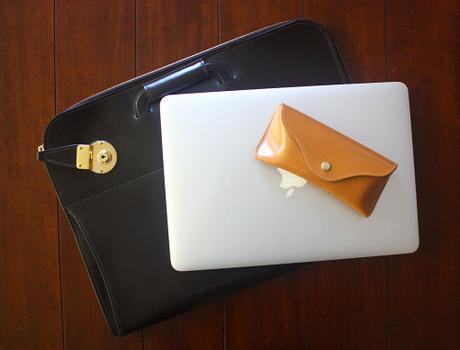
To some extent, there’s not much to bridle leather goods, which means the difference between makers can be small. They all get their leathers from the same tanneries – J&E Sedgwick and J&FJ Baker – and most of their items are machine-stitched (with a bit of handwork where necessary, such as on handles). The difference for me is mostly in the details. My Simpson folio, pictured above, has better painted edges than some of my other bridle leather products. The interior is also finished with a soft pigskin lining, the zipper rolls around nicely, and there’s a newspaper pocket on the outside (an antiquated detail in today’s digital age that I’ll never use, but still like). I use the folio to carry my laptop and some papers when I go to my office or a cafe.
The only downside is the price. Simpson is a bit more expensive than other makers, but if you don’t mind the cost, you’ll never find fault with any of their items. They’re carried today at Isetan, Exquisite Trimmings, and A Suitable Wardrobe (the last two being advertisers on this site). For slightly more affordable alternatives, look into Launer, Whitehouse Cox, and Glenroyal (Ettinger and Swaine Adeney Brigg are also nice, but also equally expensive). Additionally, there are smaller workshops, such as Simon Baker and Equus Leather, where you can work directly with a craftsman.
For years, Simpson has mostly worked as a private label manufacturer for luxury firms, but the company tells me they’re planning to focus more on their own line now. Along with their traditional leather bags, briefcases, and wallets, they’ll be expanding into more lifestyle products, such as dopp kits and travel items. To help with increased production, they’ve just recently moved into a new factory. Instead of their old location on Hoxton, which you can see in this Esquire video, they’re now on Star Lane (photos of the new place are below). The original Robert Simpson sadly passed away three years ago, but I think he’d be happy to see the company continuing to do good work.
